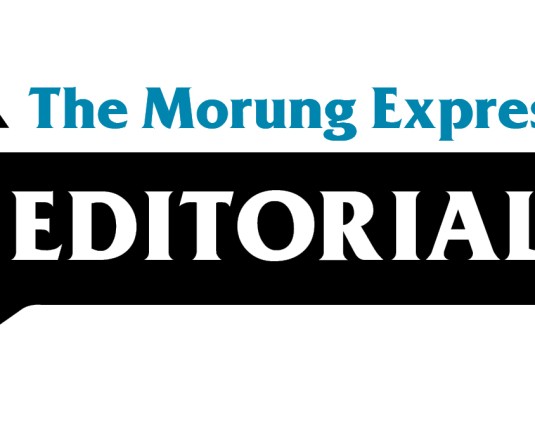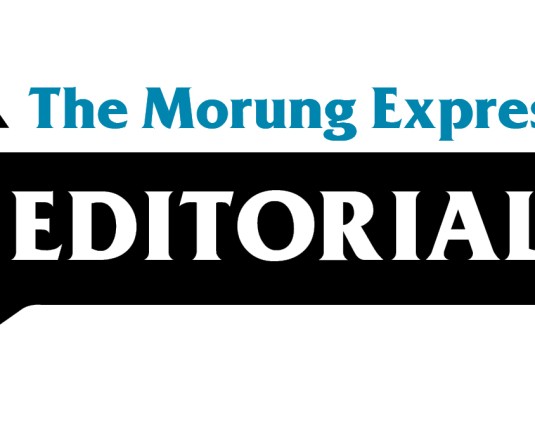
Imkong Walling
Nagaland is no stranger to witnessing elaborately arranged public spectacles notwithstanding the state’s poor showing in most growth and financial parameters. Further, the state government has a propensity to regard any and most state-funded welfare programmes a success, so long as the implementers come up with the requisite paperwork.
Moreover, it is hard not to fall to preconceived notions, while reflecting over claims made by the government and its functionaries, given the state government’s poor track record as far as transparency in monetary matters is concerned.
The Project Culmination Programme of the Nagaland Health Project, recently held in Kohima on November 24, was one such doubt-filled reflective occasion. At no point in the entire duration of the programme did anyone make mention of the amount of money that was involved in the World Bank-funded project, aside from dropping broad statistics. To refresh memory, the project was the result of the Government of India signing a credit arrangement with the World Bank for a project aimed at improving health services in Nagaland.
As reported widely in early 2017, the Nagaland Health Project (NHP) was worth $ 60 million— $ 48 million in loan from the World Bank and the GoI committing to come up with $ 12 million. That is a whopping lot of borrowing, amounting to a combined total of approximately Rs 488 cr, in today’s exchange rate.
As declared at the programme, the NHP has thus far issued 133 work contracts, of which 117 are completed. To name a few, it has seen the installation of oxygen generation plants in 8 district hospitals and oxygen pipelines at other state-run health centres, construction of Library and Theatre Block in the Nagaland Medical College and various other works aimed at improving health service delivery. The project has reportedly achieved “95 percent physical and 82 percent financial progress.”
The progress report sounds good, data-wise; but it did not bring to the public domain the amount of money released against the various work components undertaken.
If ground reports are to be believed, there has been a visible improvement in health delivery at the grassroots with greater community participation in rural health since the NHP took shape.
But then again, the question is this: Do the works as claimed to have been implemented correspond to the funds sanctioned and also meet quality standard? If so, it further brings up a fairly non-existent aspect of governance in Nagaland— upholding and sustaining public infrastructure.
To paraphrase the Senior Health Economist of the World Bank, Marion Jane Cros, institutionalising and sustaining the achievements of a project by way of upkeep funding and also keeping workers motivated.
The writer is a Principal Correspondent at The Morung Express. Comments can be sent to imkongwalls@gmail.com





